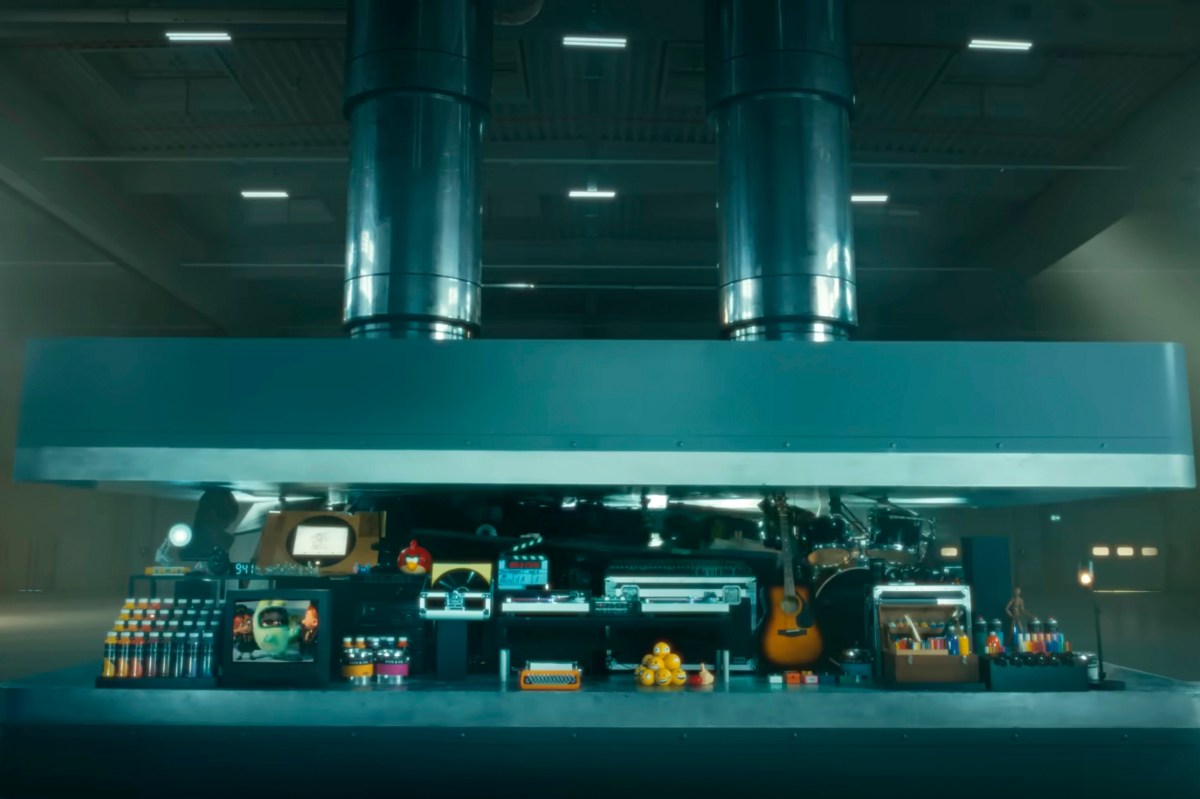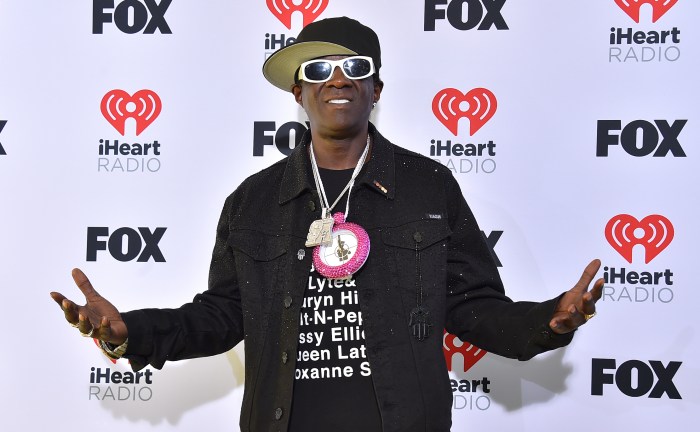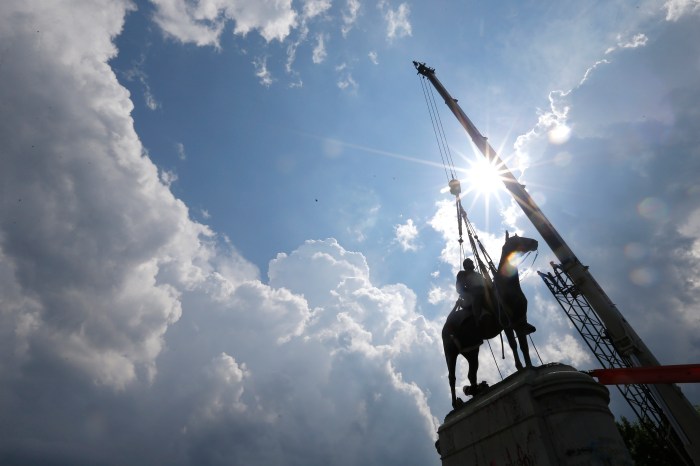Like Toronto, Boston is among the most vibrant cities in North America. Last week I had a chance to tour the Massachusetts capital by subway, ferry, streetcar and commuter rail — and while the system is very good, it is also a reminder of things we Torontonians take for granted.
A big bonus TTC riders tend to overlook is how well our surface and subway systems are integrated. In many places around the world transferring between train and bus means presenting your fare again, and in some cases paying twice.
With the exception of downtown subway stations, we in Toronto can pass easily from underground platform to bus bay — without being funnelled through turnstiles or filing slowly past a bus driver.
Imagine how much longer it would take to board streetcars at Spadina station if everyone had to show a fare.
We have collectively saved a lot of time and hassle because past TTC designers avoided fare-related bottlenecks.
Boston recently introduced its CharlieCard, named for a mythical rider from a 1940s folk song who couldn’t pay his fare. The new smart card is handy — although it was not obvious to me how to actually get one — because it can serve as a multi-ride ticket or an unlimited pass.
Trains began running beneath Boston’s cramped streets in 1897 — the first on the continent. The current system joins three subway lines and a network of light rail trains that run on the surface until converging in a common tunnel downtown.
Boston is one of a handful of American cities to continuously use streetcars through the last century.
Although Boston’s underground network looks more extensive than the TTC’s, our ridership is much higher. Toronto subways arrive no less than every six minutes (and as of today, service on our “Yellow” line gets even more frequent after evening rush hour). Boston trains are scheduled between five and 16 minutes apart.
The commuter rail network in greater Boston is also similar to ours. It’s extensive but there is a catch: Trains serve one of two central stations — but not both. To continue through the city you must travel two subway lines to the other depot.
It makes you realize how fortunate we are in Toronto that our regional and intercity trains come together at Union Station.

















